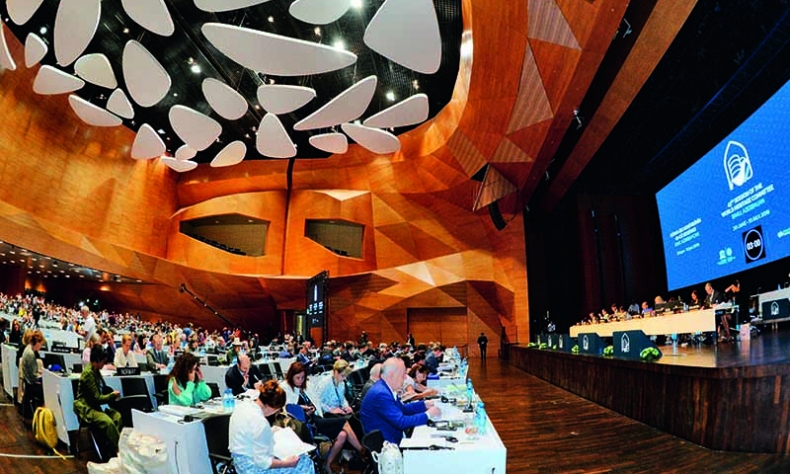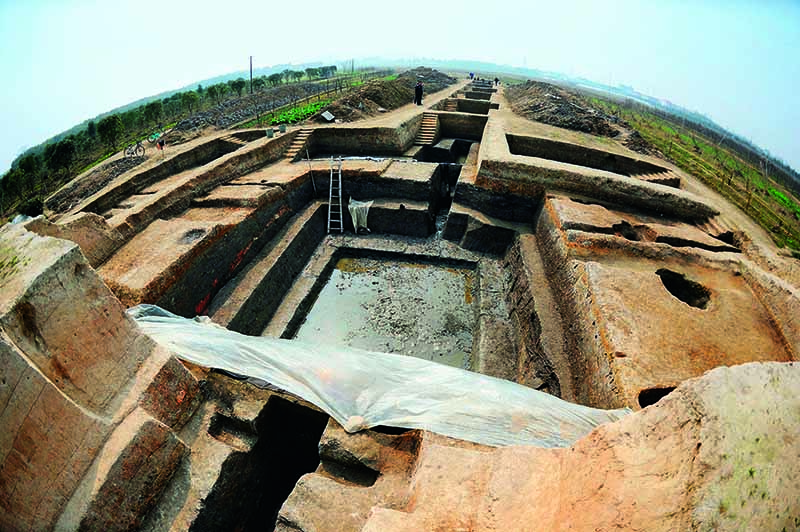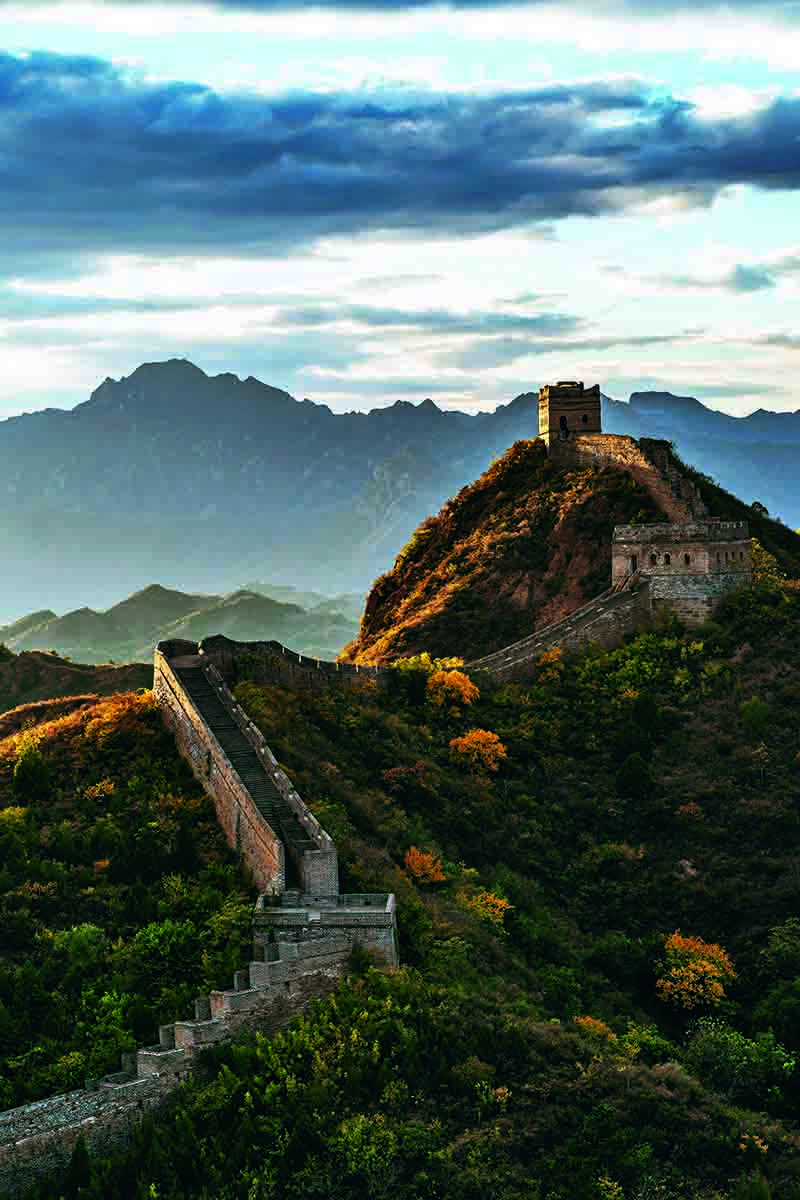Conserving the Common Heritage of Humanity

For more than three decades, China has continued to contribute to the world as a classic example of cultural diversity, from an observer, to a participant, then to a practitioner of World Heritage conservation and an active communicator of World Heritage values.
Across the vast land of China throughout history, people from different eras, regions and ethnic groups created a rich and diverse culture with their hard work and wisdom, leaving behind colorful tangible cultural relics. Surviving tangible cultural relics are now considered far more than just national heritage. Many representative pieces and sets have gained worldwide recognition and appreciation through campaigns for World Heritage protection.
Since it became a state party to the Convention Concerning the Protection of the World Cultural and Natural Heritage in 1985, China has remained steadfastly committed to developing undertakings related to World Heritage. In 1987, China’s first group of sites were inscribed onto the World Heritage List. In 2004, the 28th session of the World Heritage Committee was held in China. In 2017, China achieved comprehensive assessment of the conservation and management situation of its World Cultural Heritage sites. For more than three decades, China has continued to contribute to the world as a classic example of cultural diversity, from an observer, to a participant, then to a practitioner of World Heritage conservation and an active communicator of World Heritage values.

On a timeline of history, China’s World Cultural Heritage sites cover almost every important historical period and continue to expand in terms of timespan. China’s 100-plus World Cultural Heritage sites are distributed in almost all provincial-level administrative units of the country. Contiguous and large-scale heritage sites sometimes traverse counties, cities, provinces, autonomous regions, and even national borders. In terms of form, China’s World Cultural Heritage sites include both classical heritage such as ancient ruins and mixed World Heritage sites classified as both cultural and natural. Moreover, China’s World Cultural Heritage sites highlight myriad themes such as human origin, civilizational evolution, national unity, integration of ethnic groups, continuation of traditions, and cultural exchange. Rich and colorful Chinese cultural heritage sites are symbolic of Eastern ancient civilization and concrete manifestation of global cultural diversity.

The unremitting efforts of international organizations and the state parties to the Convention Concerning the Protection of the World Cultural and Natural Heritage have helped World Heritage become a unique mechanism centered on “prominent universal values.” From application preparation to nomination and protection management, exhibition and utilization, from private interests to community development and from regular assessment to long-term monitoring, the concepts and practices related to World Heritage continue to evolve and mature. For China, every application for World Heritage status is accompanied by management improvements for local heritage conservation and a boost of cultural confidence, from which China’s cultural heritage protection undertaking continue absorbing nutrition.
Today, World Heritage is building a broad communication platform for cross-cultural dialogue. Although different countries have contrasting cultural backgrounds and languages, the same determination to protect the common cultural and natural wealth of mankind has become firmer than ever. Many heritage sites within China that embody rich cultural diversity are applying for World Heritage status. The protection, utilization and inheritance of such cultural heritage will inject new vitality into global sustainable development.

Author Sun Hua is a professor with the School of Archaeology and Museology at Peking University. Author Zhu Wei is an engineer with Beijing Sitegene Culture Development Co., Ltd.
 Facebook
Facebook
 Twitter
Twitter
 Linkedin
Linkedin
 Google +
Google +










